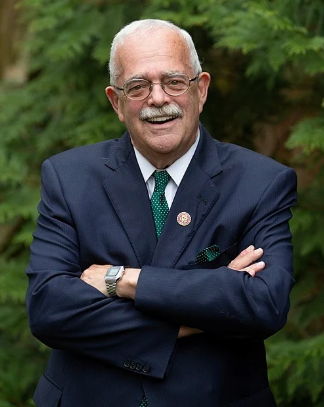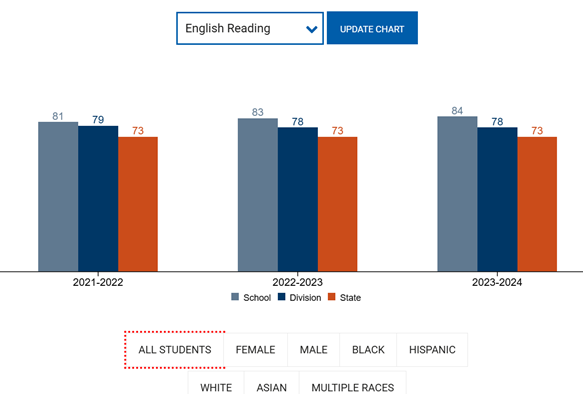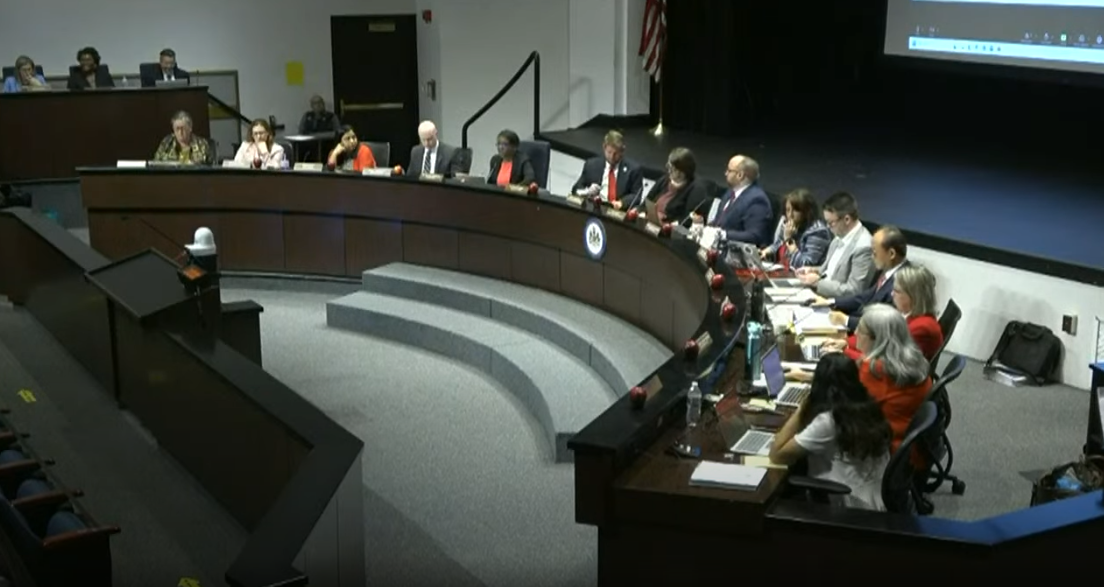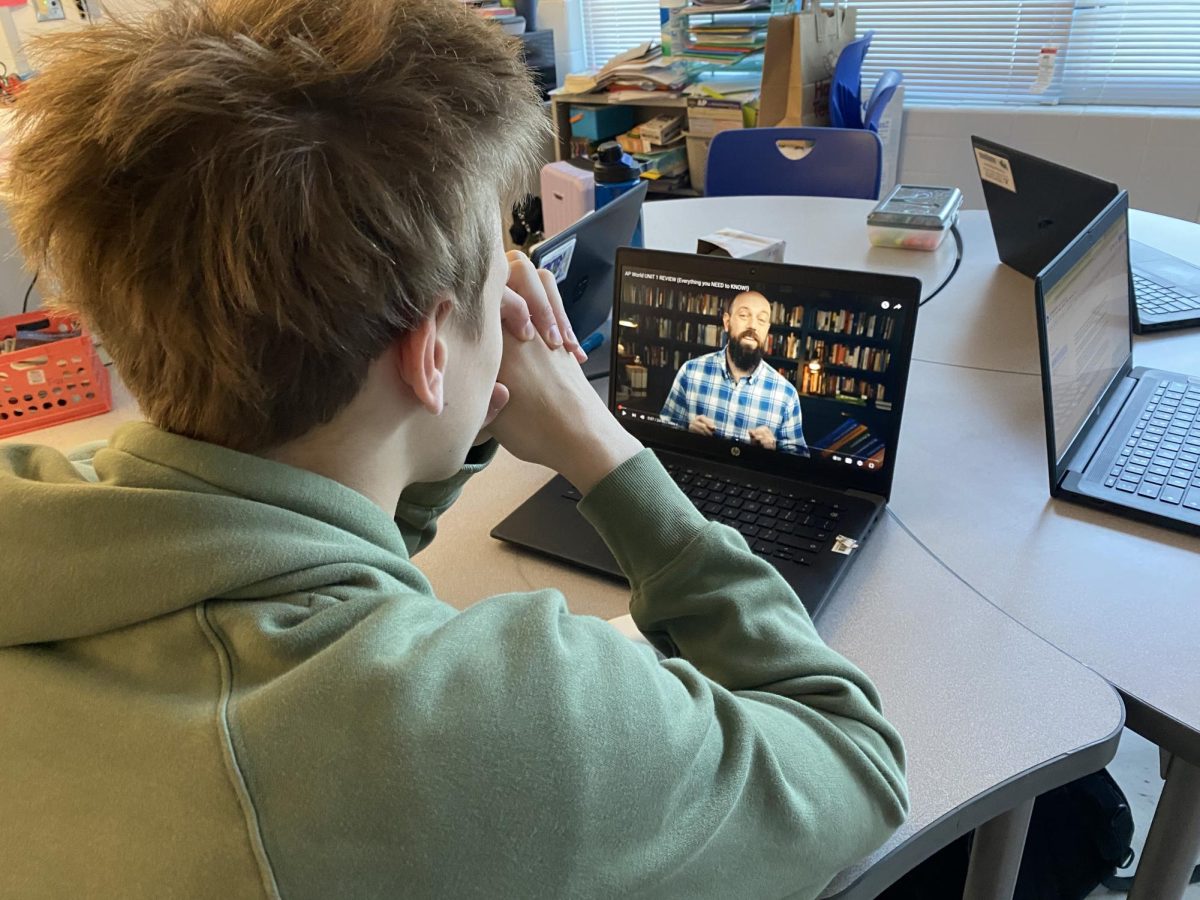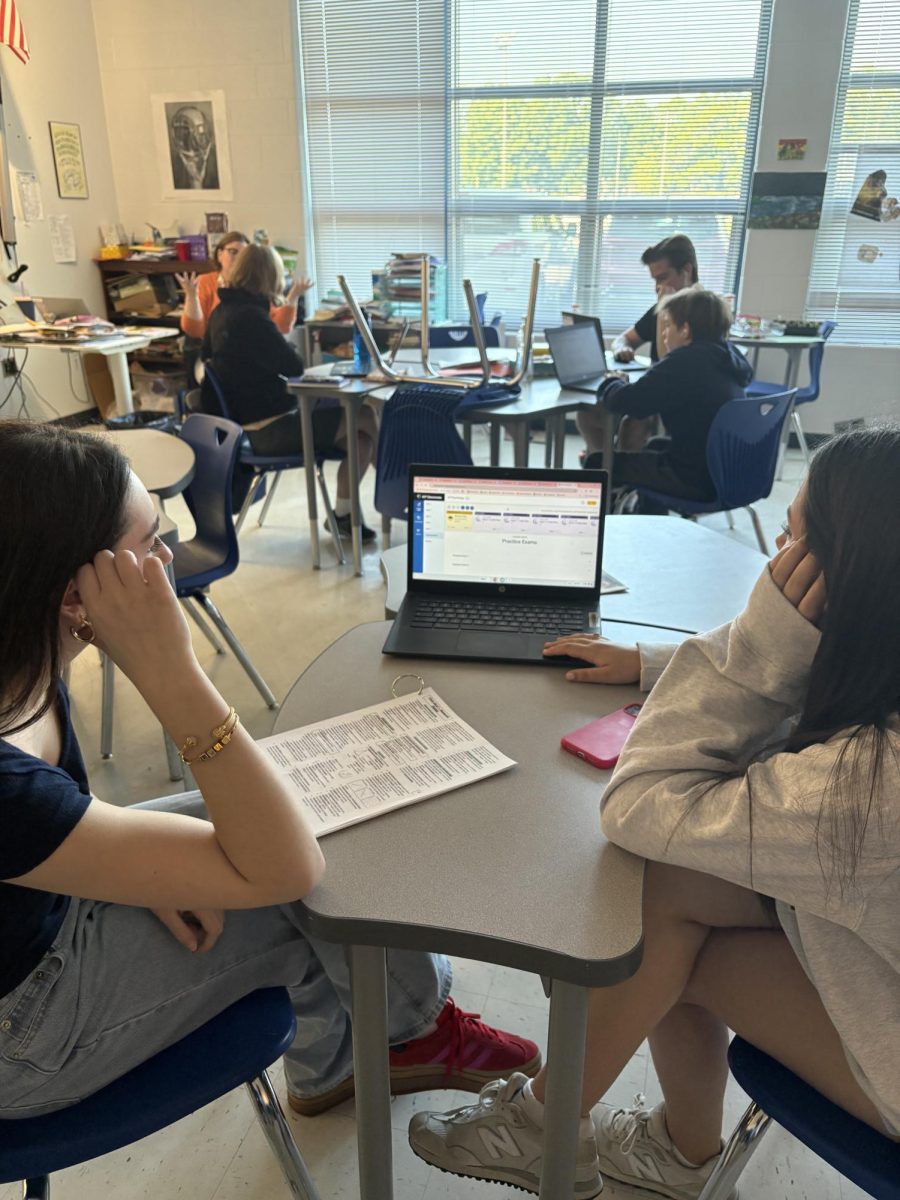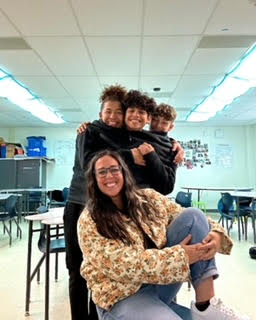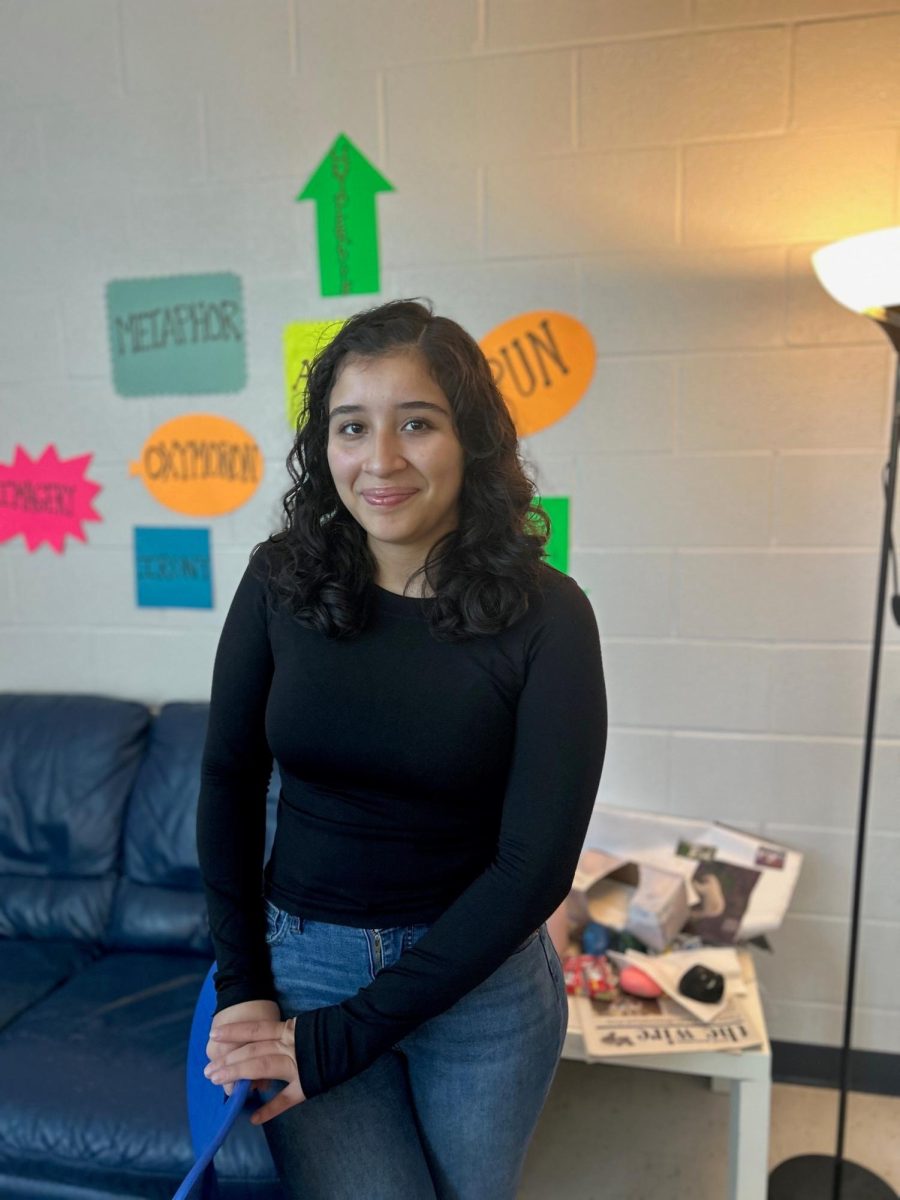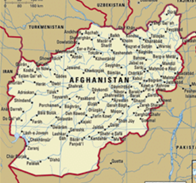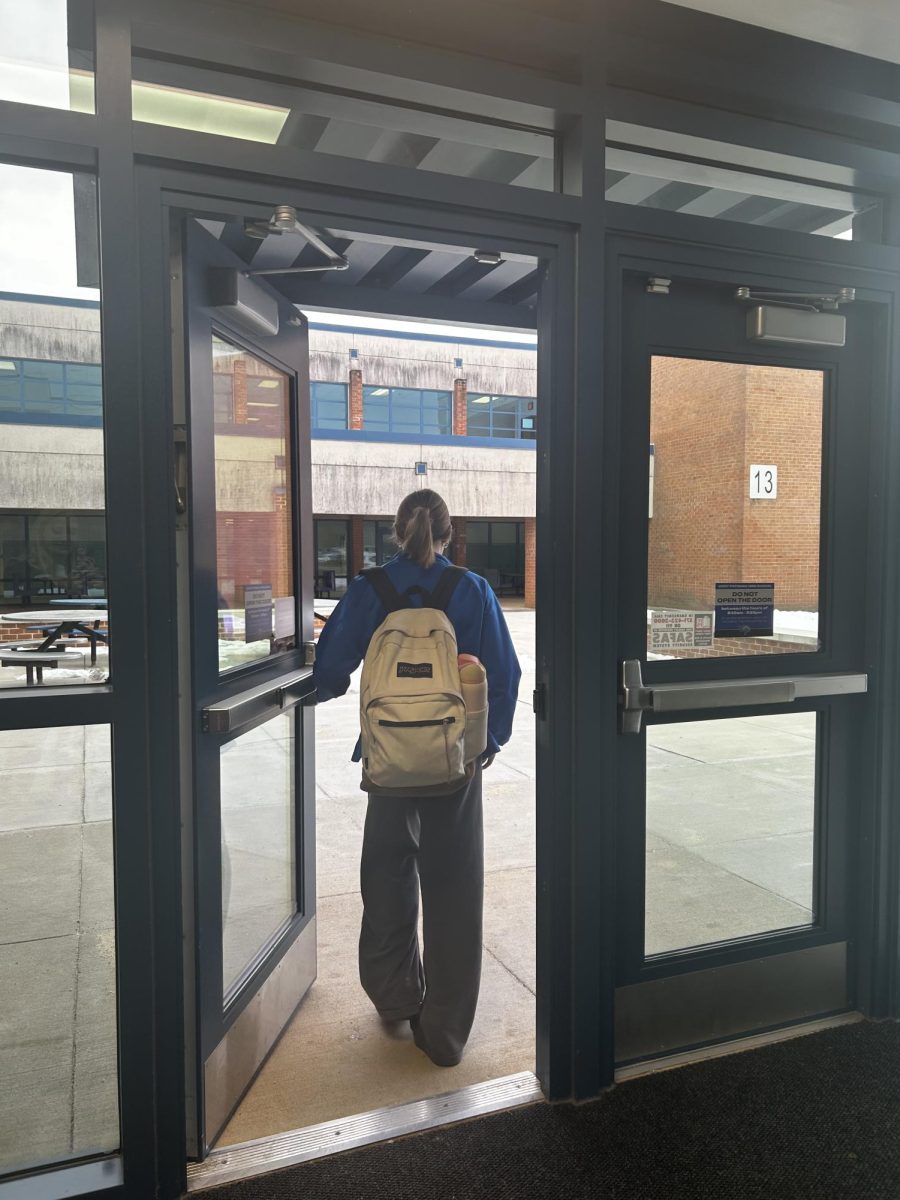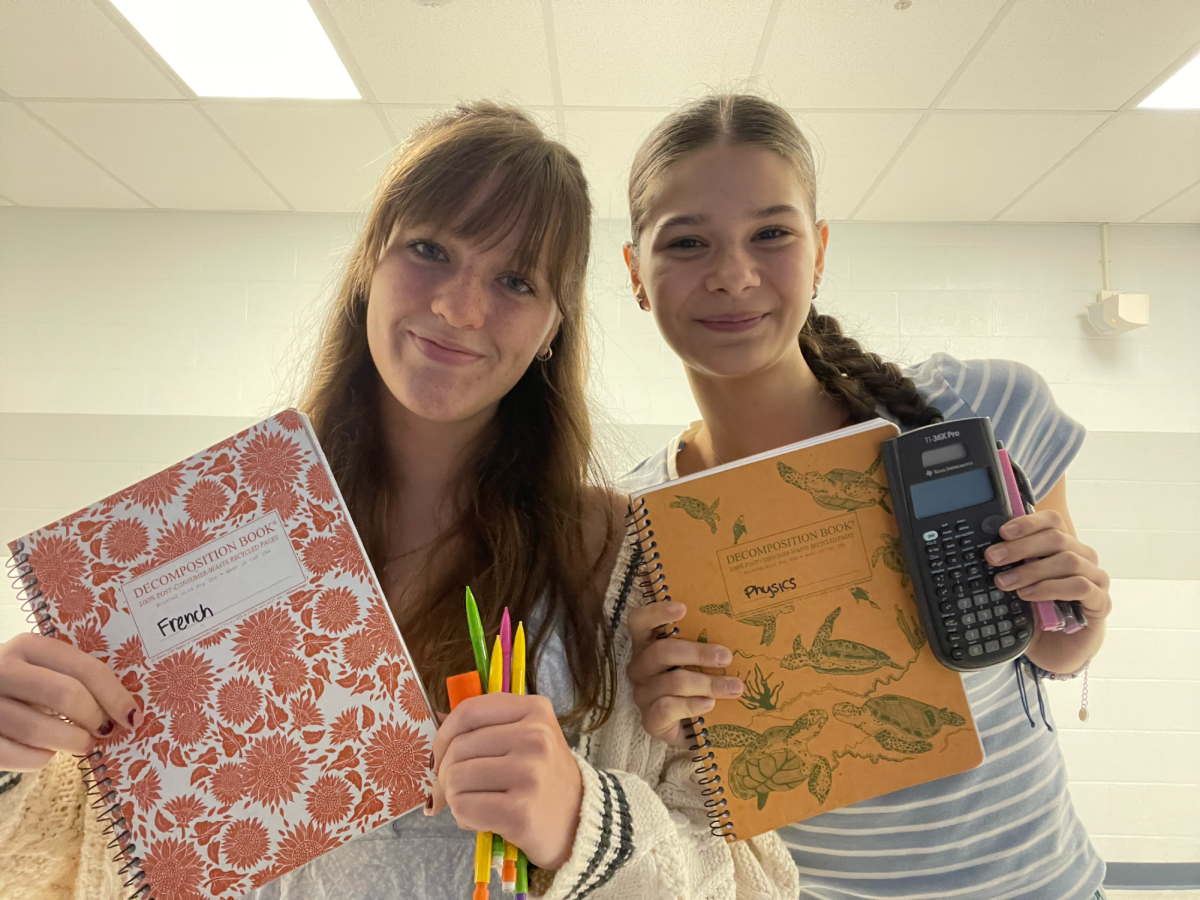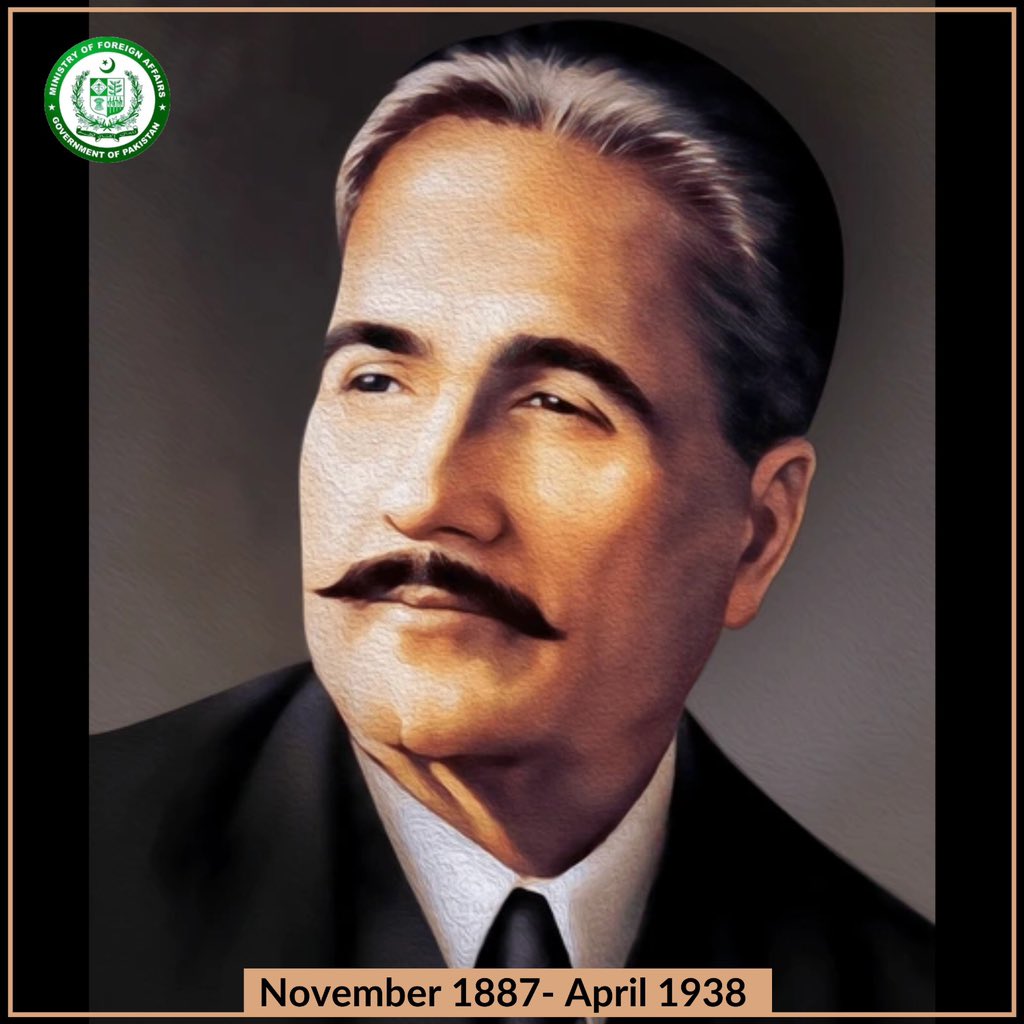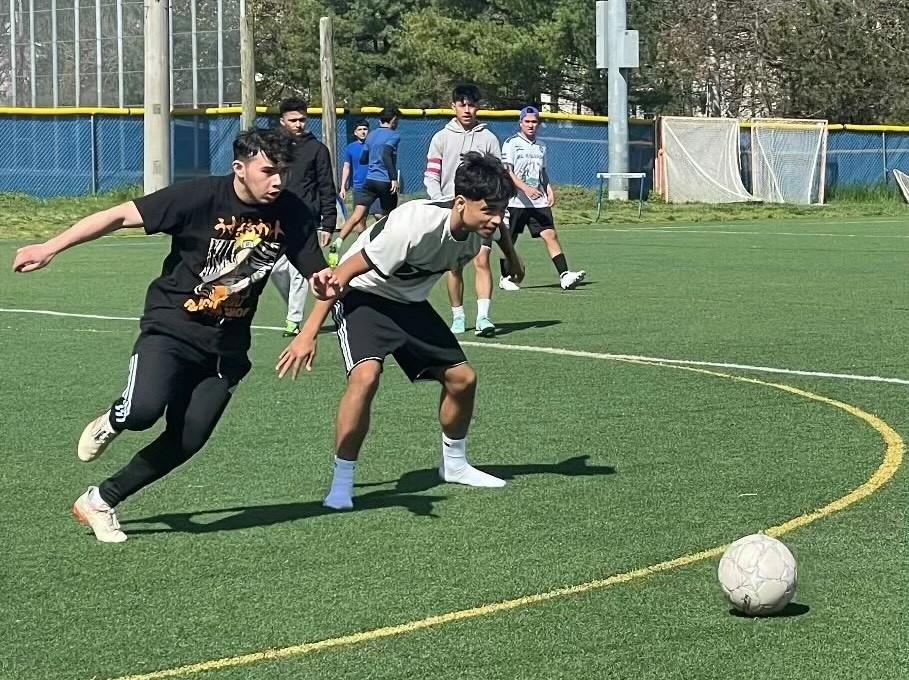ESOL Program Sees Population Growth

In the last couple of weeks, ESOL has seen multiple new students arrive on campus. In fact, the total number of “level 1” students has doubled. ESOL stands for “English for Speakers of Other Languages,” and is a program designed to build up fundamental English skills of young immigrants new to the United States. It is rolling enrollment, meaning new students are entering the school throughout the entire year. The West Potomac ESOL program is facilitated by a total of 12 teachers. The program is composed of 4 levels. Level 1 classifies students with no proficiency at English and level 4 being the most proficient. The level of the student determines his/her course selection.
The group of 24 new students met on April 28 for an orientation in T-11. The majority of the newcomers were from Honduras, Guatemala, and El Salvador. These areas are also collectively known as the “Northern Triangle.” In the presentation, students learned about basic rules and regulations, such as, conduct in the hallways, appropriate dress, and leaving campus.
Last year, the ESOL population grew from 295 students to 356 and is 14% of the entire student body. The total number of new ESOL students since last September is more than 60. Paul Watlington, the ESOL department chair, was surprised about the rapid influx of new students.
“We like to have smaller class sizes, but we really don’t have that this year. We are just getting so many students. And this is true in virtually any high school in Fairfax County, except Thomas Jefferson,” he said.
It is really important to have smaller class sizes, especially in languages classes. English learners need to be able to engage with the teacher, a task that can be more difficult in a more populated classroom. The beginning level classes that need the most attention from their teachers turns out to be the fast growing population. These are the classes that actually need to be the smallest, but are always the largest. Martin Graff, who teaches English 9 for ESOL students and English Language development, expresses the importance of classroom engagement and teacher interaction.
“It is very emotionally vulnerable to be in a language class because you are expressing yourself in words and symbols that you are clumsy with. That can be more embarrassing and intimidating than being a math or science class,” he said. “The smaller number of students recieves more teacher attention, they interact more with other students, and they are forced to participate in class.”
Although the solution may be apparent in that the ESOL program requires more teachers and resources to suit the rapidly growing ESOL population, Graff believes that there should be more opportunities towards teaching students specialized trades so that they could become plumbers, electricians, and etc. The school is currently trying to compress 10+ years of academic skills and college preparation into a mere 4 years. This is especially difficult for people that have just arrived in America.
“[Students] 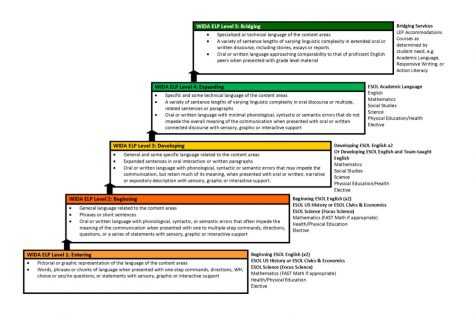 get to a certain point and they hit a wall. They say it’s frustrating, it’s difficult, I don’t quite see the value of it. The curriculum is not just trying to get them to learn English but while they are learning how to say ‘door’ and ‘calendar,’ the teachers are also charged with trying to teach them literary terms like metaphor and onomatopoeia,” Graff said. “It’s like simultaneously teaching someone how to boil water in a kitchen and also expecting them to be able to make creme brulee at the same time. That’s impossible.”
get to a certain point and they hit a wall. They say it’s frustrating, it’s difficult, I don’t quite see the value of it. The curriculum is not just trying to get them to learn English but while they are learning how to say ‘door’ and ‘calendar,’ the teachers are also charged with trying to teach them literary terms like metaphor and onomatopoeia,” Graff said. “It’s like simultaneously teaching someone how to boil water in a kitchen and also expecting them to be able to make creme brulee at the same time. That’s impossible.”
The current ESOL program is too linear in that there are not enough opportunities to absorb all the students that are coming in. Many students cannot find themselves on the traditional college track that the school has set them on. It is important to invest into this group of people because they are the future just by sheer numbers and will continue to grow regardless. Despite the flaws and improvements that the program could make, ESOL is still a very essential part of the educational system as it is on the frontline in helping young immigrants navigate their way into having secure and productive lives.



